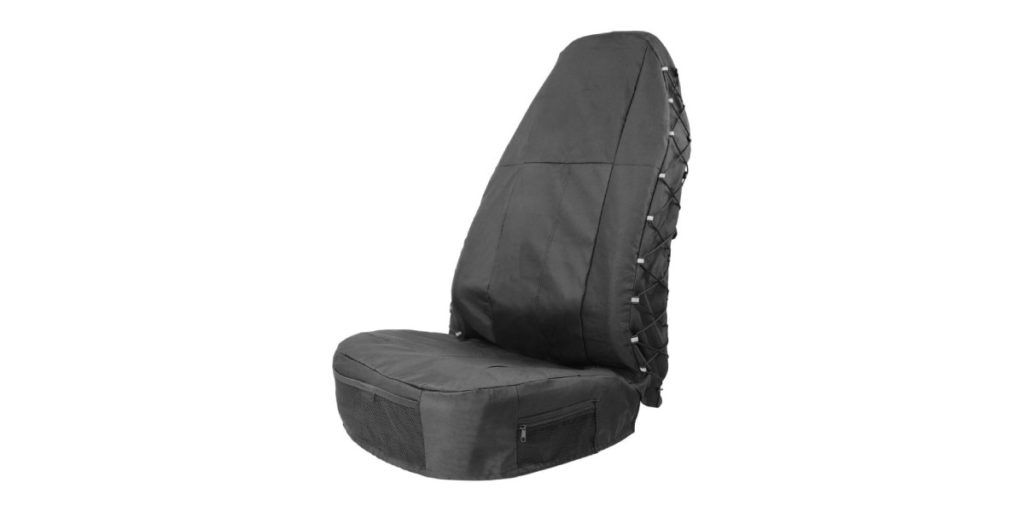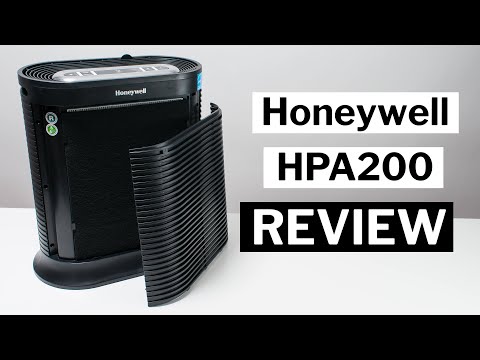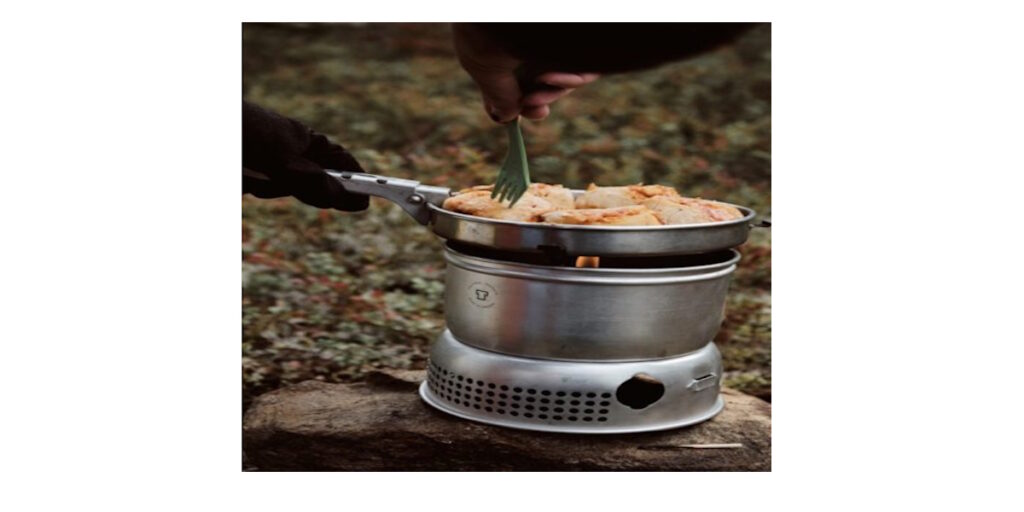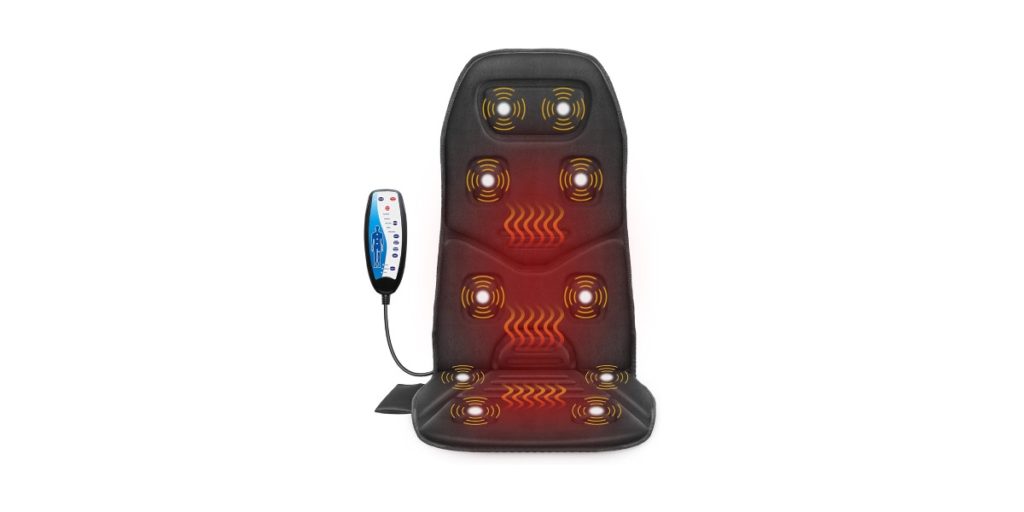Get set for your upcoming journey by prepping your truck adequately for safe travels. Make sure your tires are properly inflated and have adequate tread depth for optimal performance. Check your brakes visually for wear and test them for responsiveness and any unusual sounds. Ensure all your lights and signals are working effectively to enhance road safety. Don’t forget to review your fluid levels regularly to keep your truck running smoothly. Lastly, ensure your emergency kit is fully stocked and up-to-date with all the essentials.
Check Tire Pressure and Tread Depth
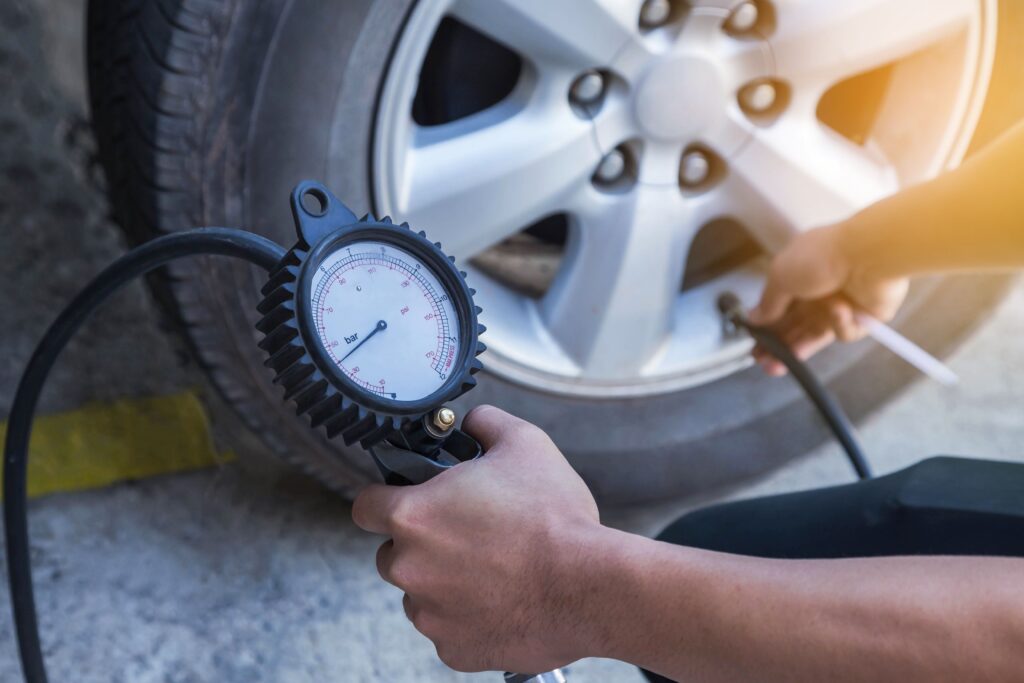
Before hitting the road, remember that proper tire maintenance is crucial for safe travels. Checking your tire pressure regularly ensures optimal performance and fuel efficiency. Additionally, don’t forget to inspect your tread depth to maintain traction and stability on the road.
Tire Maintenance Tips
Maintaining optimal tire pressure and checking tread depth regularly are essential steps to ensure your truck is prepared for safe travels. Here are three tire maintenance tips to keep in mind:
- Check Tire Pressure: Use a tire pressure gauge to ensure your tires are inflated to the recommended levels. Proper tire pressure not only enhances fuel efficiency but also improves handling and reduces the risk of blowouts.
- Inspect Tread Depth: Measure the tread depth using a tread depth gauge. Adequate tread depth is crucial for traction, especially in wet or slippery conditions. Replace tires that have worn out treads to maintain grip on the road.
- Look for Signs of Wear: Keep an eye out for any signs of uneven wear, cuts, bulges, or other damage on your tires. Addressing these issues promptly can prevent potential tire failures and maintain overall safety.
Tread Check Reminder
To ensure your truck is ready for safe travels, regularly checking both tire pressure and tread depth is essential. Proper tire pressure helps maintain stability and fuel efficiency, while adequate tread depth ensures optimal traction on various road surfaces. To check tire pressure, use a reliable gauge and refer to your vehicle manual for the recommended psi level. Inspect the tread depth by placing a penny upside down into the grooves; if you can see the top of Lincoln’s head, it’s time to replace your tires. Neglecting these checks can lead to increased braking distances, reduced handling, and higher risks of accidents. By staying vigilant with tire maintenance, you can enjoy smoother journeys and greater peace of mind on the road.
Inspect Brakes and Brake Fluid
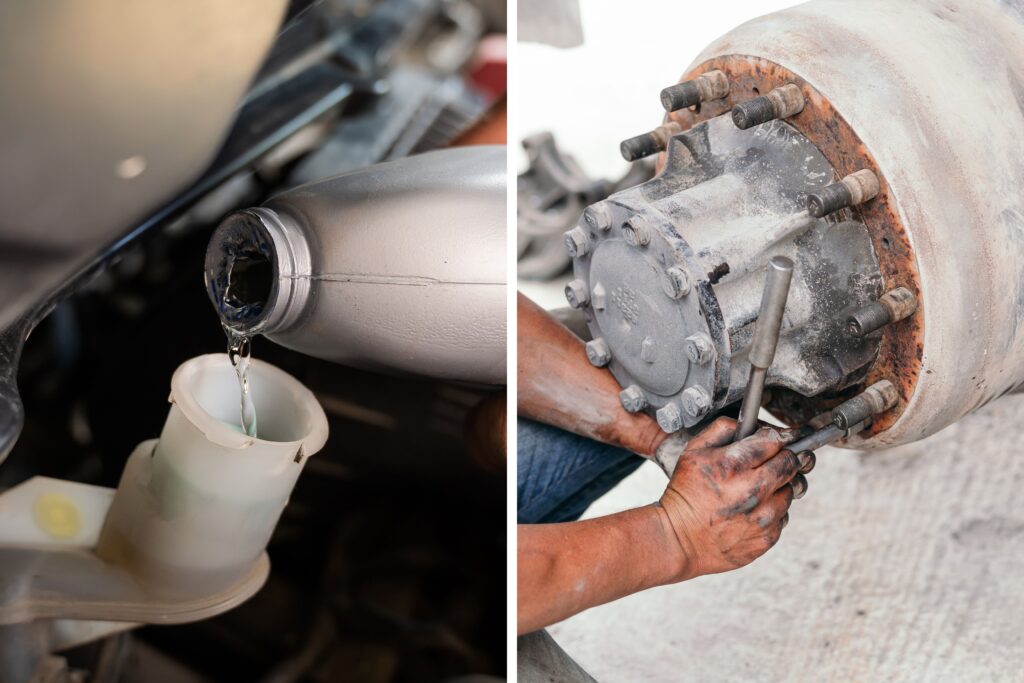
Before hitting the road, take a moment to check your truck’s brakes. Inspect the brake pads and rotors for wear and tear, ensuring they are in good condition. Don’t forget to also check the brake fluid level to guarantee optimal braking performance during your travels.
Check Brake Condition
Inspect your truck’s brakes and brake fluid regularly to ensure they are in optimal condition for safe travels. Keeping your brakes in top shape is crucial for your safety on the road. Here are three key steps to check your brake condition:
- Visual Inspection: Look for any signs of wear on the brake pads and discs. If they appear worn out or damaged, it’s time for a replacement.
- Brake Fluid Check: Ensure the brake fluid level is within the recommended range. Low brake fluid can affect braking efficiency.
- Brake Performance Test: Test your brakes in a safe area to see if they are responsive. Any unusual noises or delays in braking require immediate attention.
Regular brake maintenance is essential for a smooth and safe journey.
Test Lights and Signals

Now, let’s make sure your truck is fully equipped for safe travels by checking the essential lights and signals. Ensure your brake lights are working correctly to alert vehicles behind you when you slow down or stop. Don’t forget to inspect your turn signals to communicate your intentions effectively to other drivers on the road.
Check Brake Lights
To ensure your truck is ready for safe travels, make sure to test your brake lights and signals before hitting the road. Checking these critical components can help prevent accidents and keep you and others safe on the journey. Here are three quick steps to ensure your brake lights are in working order:
- Have a Helper: Ask a friend to stand behind your truck while you press the brake pedal. This way, they can confirm that both brake lights are functioning correctly.
- Inspect for Damage: Check the brake lights for any cracks, moisture buildup, or signs of damage. Replace any faulty bulbs or damaged covers.
- Test Turn Signals: Ensure that your turn signals are working along with your brake lights to ensure complete visibility to other drivers.
Inspect Turn Signals
Before embarking on your journey, ensure your turn signals are functioning properly by testing both the lights and signals for optimal safety on the road. Start by turning on your hazard lights and walk around your truck to check if all turn signal lights are working. Test your left and right turn signals individually, including the front and back signals. If any lights are dim or not working, replace them before hitting the road. Inside the truck, activate each turn signal while checking if they are flashing correctly on your dashboard. Make sure to inspect your emergency flashers as well. Properly functioning turn signals are crucial for signaling your intentions to other drivers, enhancing road safety for everyone.
Review Fluid Levels
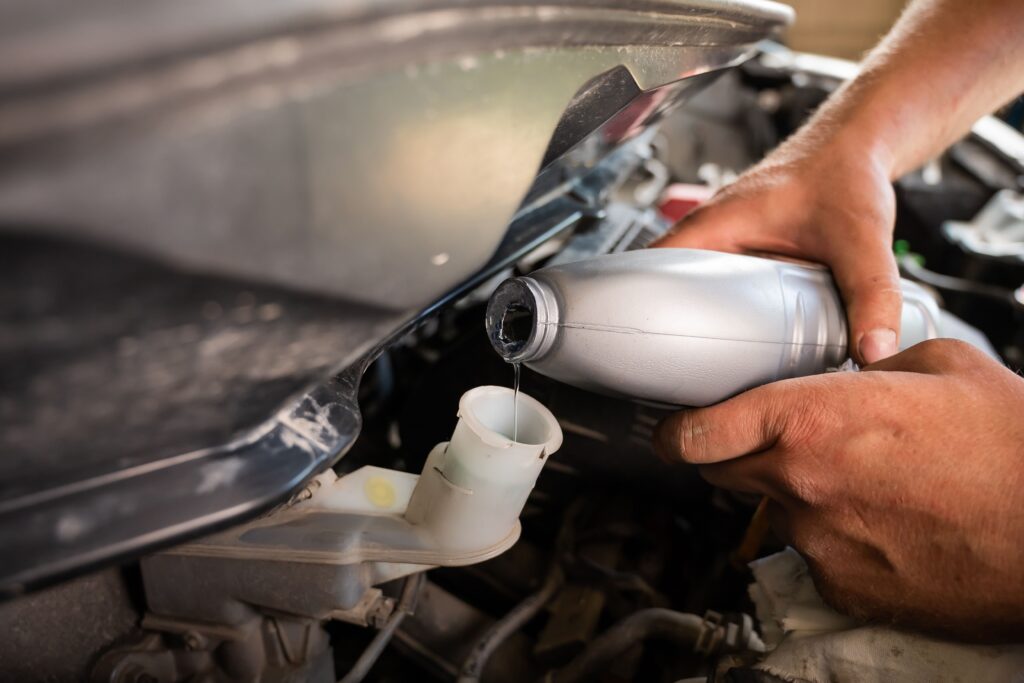
Before hitting the road, it’s crucial to review your truck’s fluid levels. Start by checking the oil, coolant, brake fluid, transmission fluid, and windshield washer fluid. Ensuring these levels are topped up will help maintain your truck’s performance and keep you safe on your journey.
Check Fluid Levels
Ensure all your vehicle’s essential fluids are at the correct levels to guarantee a smooth and safe journey. Checking your truck’s fluid levels is crucial before hitting the road. Here are three vital fluids to inspect:
- Engine Oil: Regularly check the engine oil level using the dipstick and top up if necessary to ensure proper lubrication of the engine components.
- Coolant: Verify that the coolant level is between the minimum and maximum marks on the reservoir to prevent overheating and maintain the engine’s operating temperature.
- Brake Fluid: Check the brake fluid level in the translucent reservoir and ensure it is within the recommended range to maintain optimal braking performance for your safety. Regularly monitoring these fluid levels will help keep your truck running smoothly on your travels.
Verify Emergency Kit Contents

Now it’s crucial to ensure your emergency kit is stocked with all the essential supplies needed for unexpected situations on the road. Regularly checking your emergency kit contents can help you stay prepared for any unforeseen emergencies that may arise during your travels. Don’t overlook the importance of having a well-equipped emergency kit to keep you safe and prepared for any scenario while on the road.
Essential Emergency Supplies
Having the necessary emergency supplies readily available in your truck can make a critical difference in unforeseen situations on the road. Here are three essential items to keep in your emergency kit:
- First Aid Kit: A well-stocked first aid kit can help you address minor injuries or provide assistance until help arrives.
- Flashlight and Batteries: In case of a breakdown at night, a reliable flashlight can help you navigate and make your truck visible to others.
- Blankets: Keeping warm is crucial if you ever find yourself stranded in cold weather. Blankets can provide warmth and prevent hypothermia.
Make sure these items are always in your truck to ensure you are prepared for any unexpected emergencies while on the road.
Regular Kit Checks
Regularly checking the contents of your emergency kit is crucial to ensure you are prepared for any unforeseen situations on the road. Set a reminder to inspect your kit every few months. Ensure that all items are in good condition, not expired, and functioning correctly. Verify that you have essential items like a flashlight, batteries, a first aid kit, water, non-perishable snacks, a multi-tool, and blankets. Check for any missing or damaged items and replace them promptly. It’s also wise to tailor your kit to your specific needs, such as including medications or specific tools for your truck. By verifying your emergency kit contents regularly, you can have peace of mind knowing you’re ready for whatever comes your way on your travels.
Conclusion
Now that you’ve prepared your truck for safe travels, remember that proper maintenance is key to a smooth journey. Did you know that over 90% of accidents are caused by human error, including vehicle maintenance neglect? By taking the time to check your tire pressure, brakes, lights, fluids, and emergency kit, you are significantly reducing your risk of being involved in an accident on the road. Safe travels!
One external factor that you might forget to think of are Aggressive Drivers, check out our post on that now!


